| "Practice until you get it right" couldn’t be more wrong! Watch my new video below to be sure you aren’t inadvertently bringing about your own doom with this crazy idea about practice... Perhaps what I say in this video will seem like common sense to you. If so, you're one of the lucky ones. All I know is that I wasted an entire decade of my cello life playing instead of practicing--and I don't want you to make the same mistake! |
Want more guidance on this topic? Check out my previous blog post: Practice: A Gift to Your Future Self
Let me know how your practice is going in the comments section below. Happy practicing!
Let me know how your practice is going in the comments section below. Happy practicing!

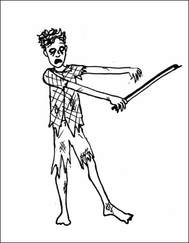


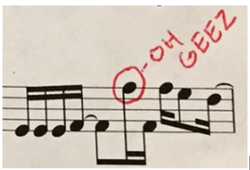

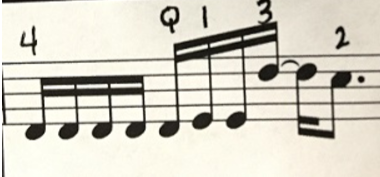

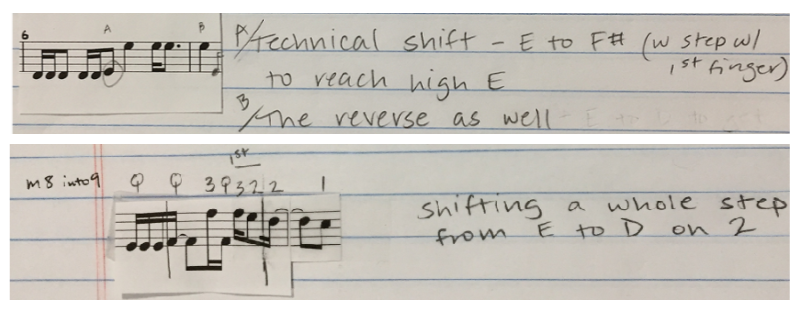


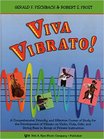
 RSS Feed
RSS Feed